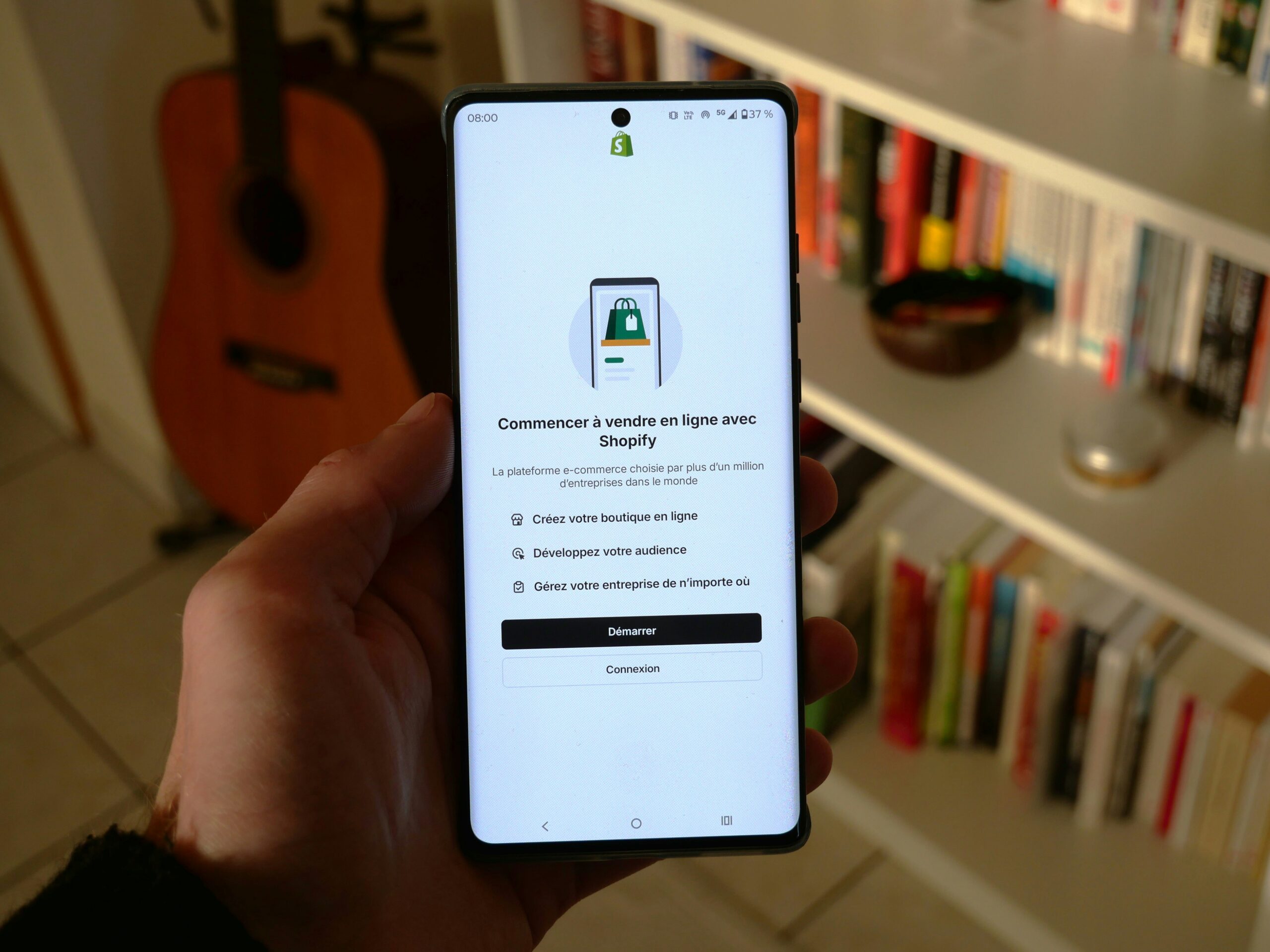Look for Real-World Experience
When you’re thinking about signing up for dropshipping courses, you want to make sure the person teaching has actually done it before. Anyone can throw together a fancy presentation, but you need teachers who’ve tested the waters and built real stores themselves. You’ll feel much more confident learning from someone who’s been through the late-night struggles of finding suppliers and running ads. A good teacher will share the lessons they learned the hard way, so you can avoid making the same mistakes. That’s the kind of shortcut every learner secretly dreams about.
2. Check for Step-by-Step Guidance
Some dropshipping courses sound exciting at first, but once you open them, they feel like a jumble of random information. That can leave you frustrated and even more confused than before.

What you want is a clear path that takes you from the very beginning to the more advanced steps. If a course shows you how to set up your store, pick the right products, and market them successfully, you’ll know you’ve got something valuable. Structured lessons make learning smooth, and they stop you from wasting energy jumping between different resources.
3. Pay Attention to Course Reviews
It’s easy to get tempted by a shiny sales page promising you instant success with dropshipping. But here’s the truth: reviews tell you everything you need to know. Before you sign up for any dropshipping course, take a quick look at what other learners are saying. Are they actually gaining practical knowledge? Do they feel supported? Honest feedback will give you a peek behind the curtain and save you from disappointment. If you find a course with consistently positive reviews, that’s usually a strong green flag.
4. Look for Up-to-Date Information
The world of eCommerce moves faster than you think, and dropshipping trends can change in just a few months. That’s why it’s so important to find dropshipping courses that are updated regularly. Outdated information about platforms, tools, or marketing strategies won’t help you build a competitive store. A good course keeps its content fresh so you can apply strategies that are working right now. This makes the learning relevant and ensures you’re not stuck using techniques that no longer work.
5. Consider Extra Resources and Community Support
Another important factor to check when choosing a course is whether it comes with extra resources like templates, checklists, or bonus guides. These tools save you time and give you a practical edge while building your store.

Even better, many modern dropshipping courses also include access to an online community. Having a space where you can ask questions, share wins, and learn from others makes a huge difference. You’ll never feel like you’re on the journey alone, and that can keep your motivation levels sky-high.
6. Make Sure It Fits Your Learning Style
Not every learner enjoys the same teaching style, and that’s perfectly normal. Some people love video tutorials with lots of visuals, while others prefer written lessons they can read at their own pace. Before you commit to any dropshipping course, think about what keeps you engaged. If you know you get bored with endless slides, find a teacher who uses real examples, stories, or even live demonstrations. Choosing a course that matches your learning style makes the process much more enjoyable and less of a chore.
When you combine these things—real experience, structured lessons, honest reviews, updated content, useful resources, and a style that suits you—you’re setting yourself up for success. Dropshipping courses aren’t just about ticking a box; they’re about giving you the tools and confidence to actually make progress. If you take the time to choose wisely, you’ll thank yourself later when your store starts to take off.



